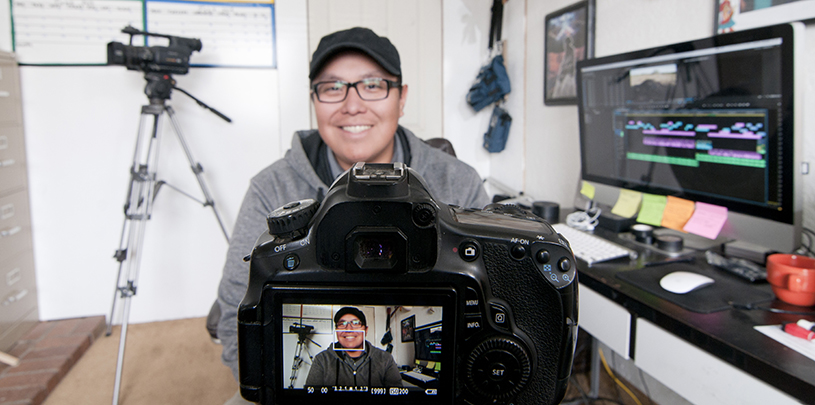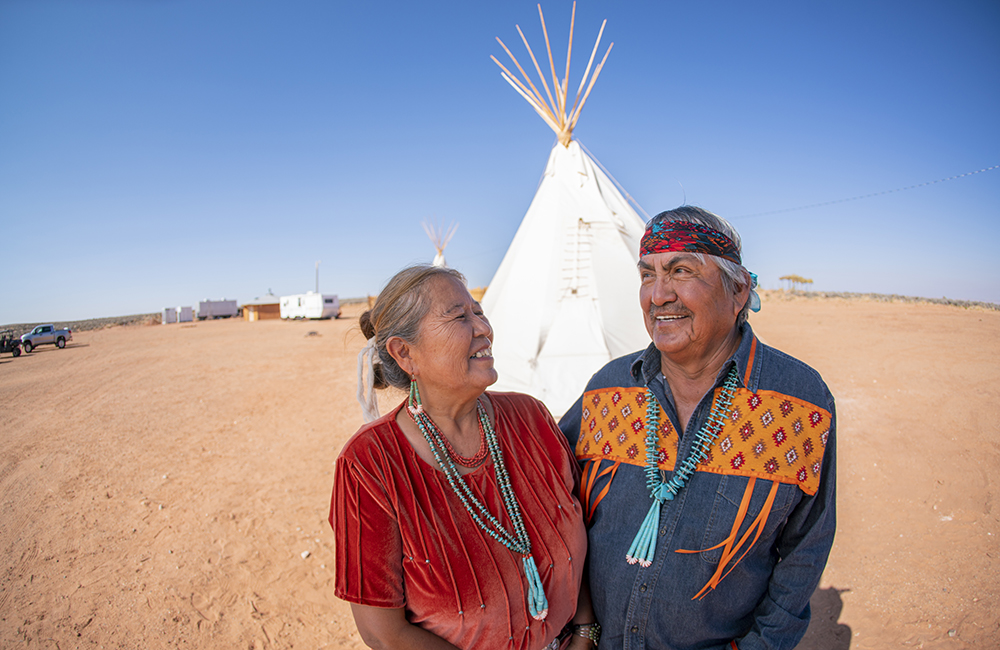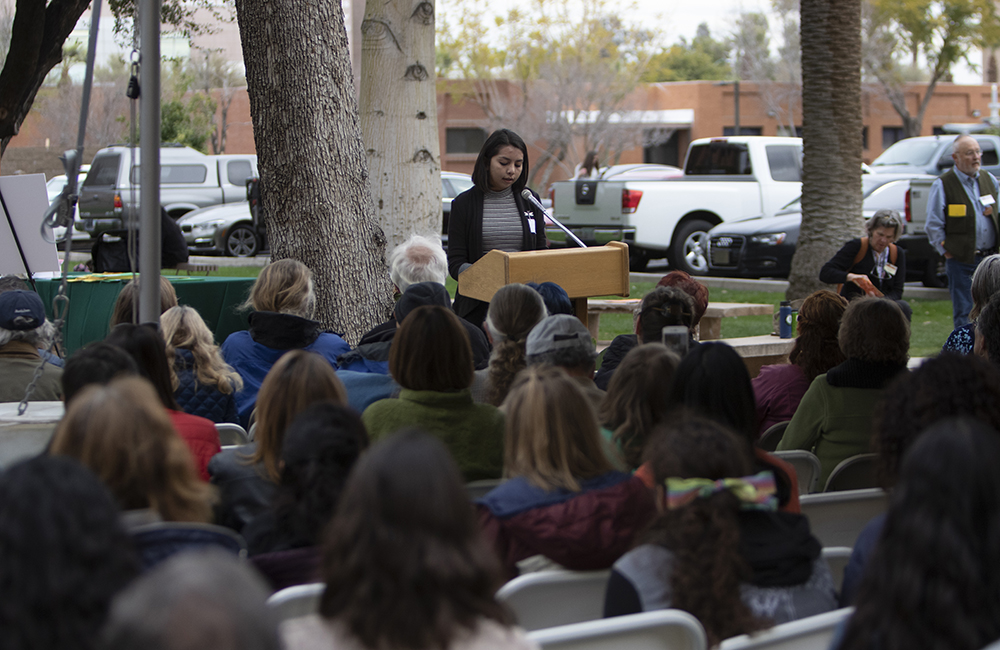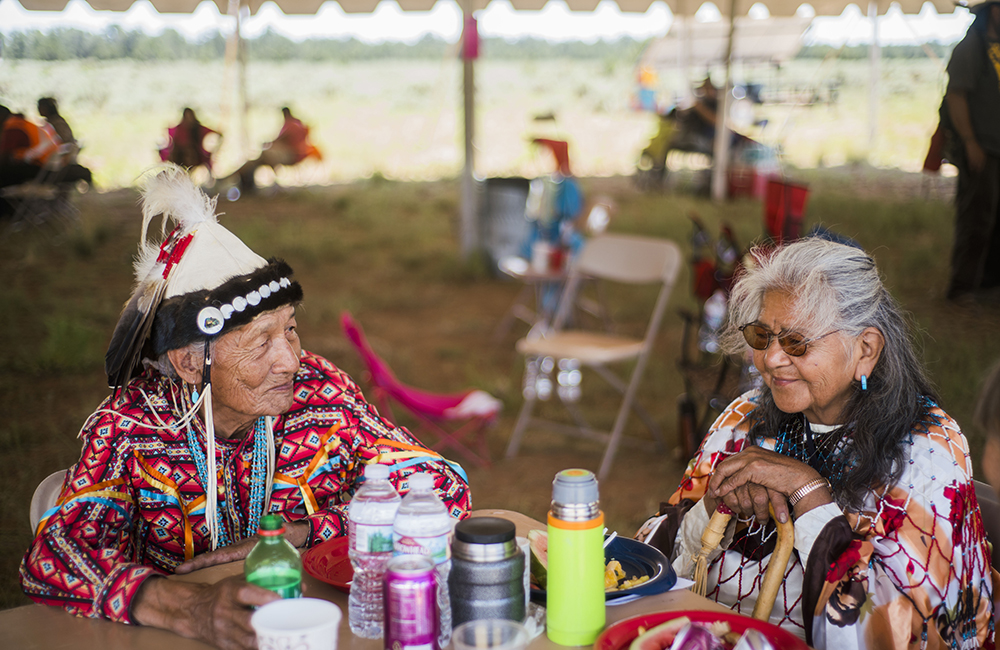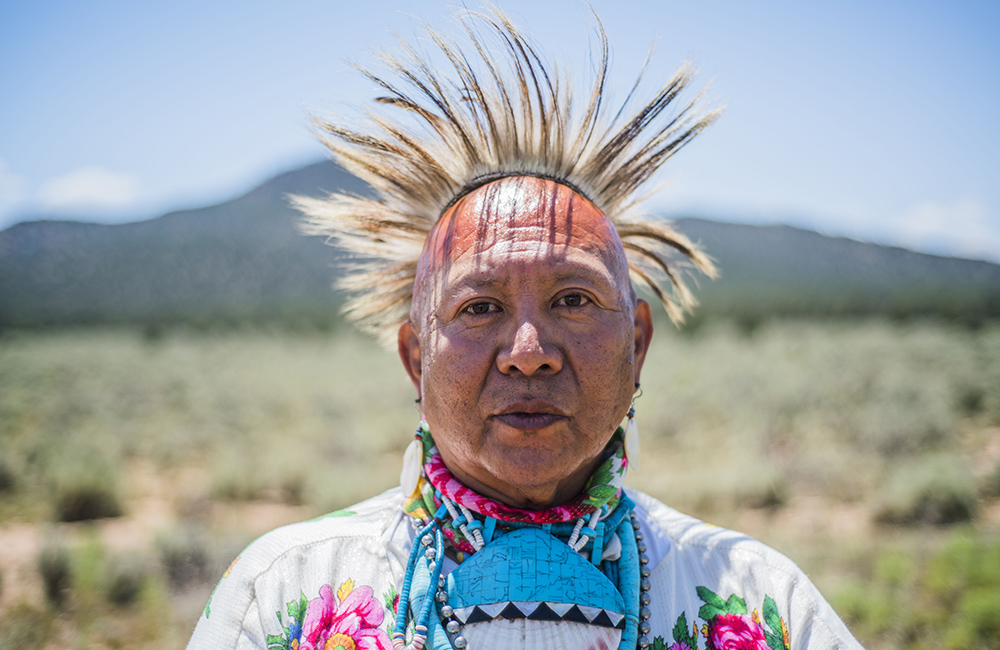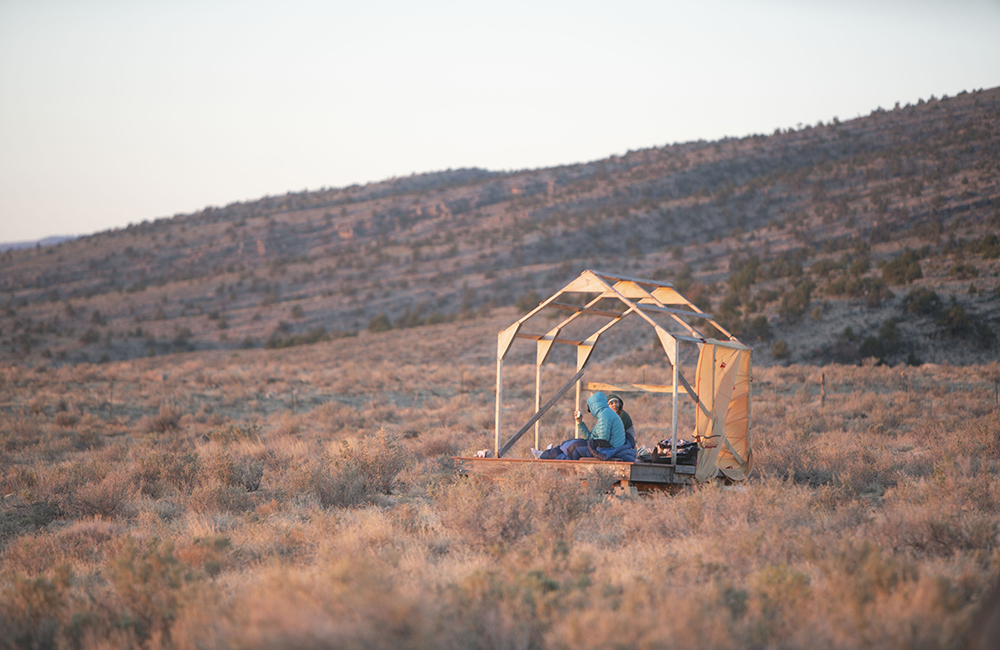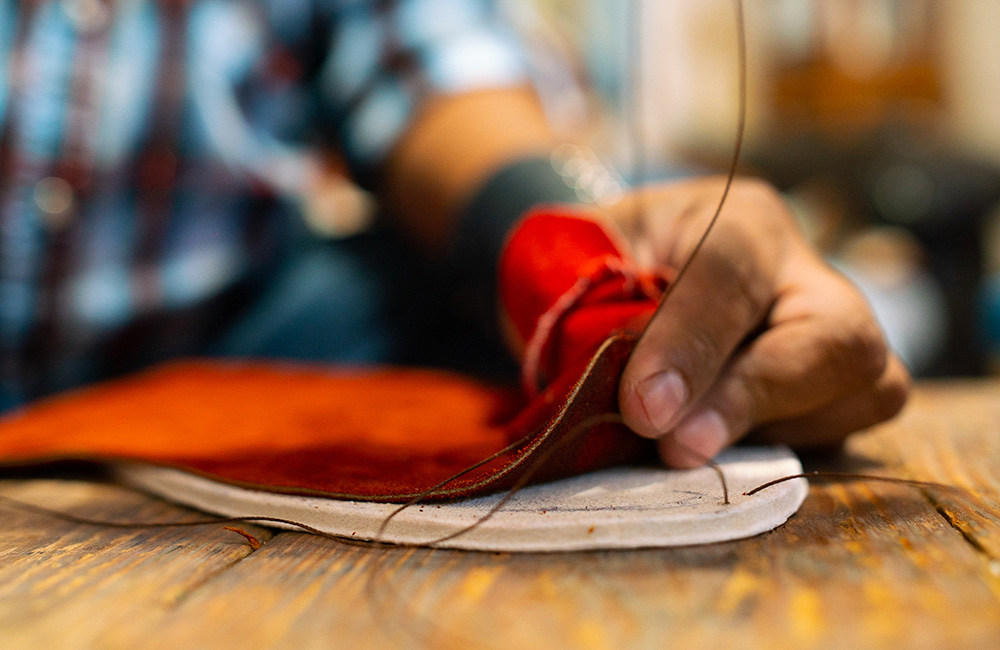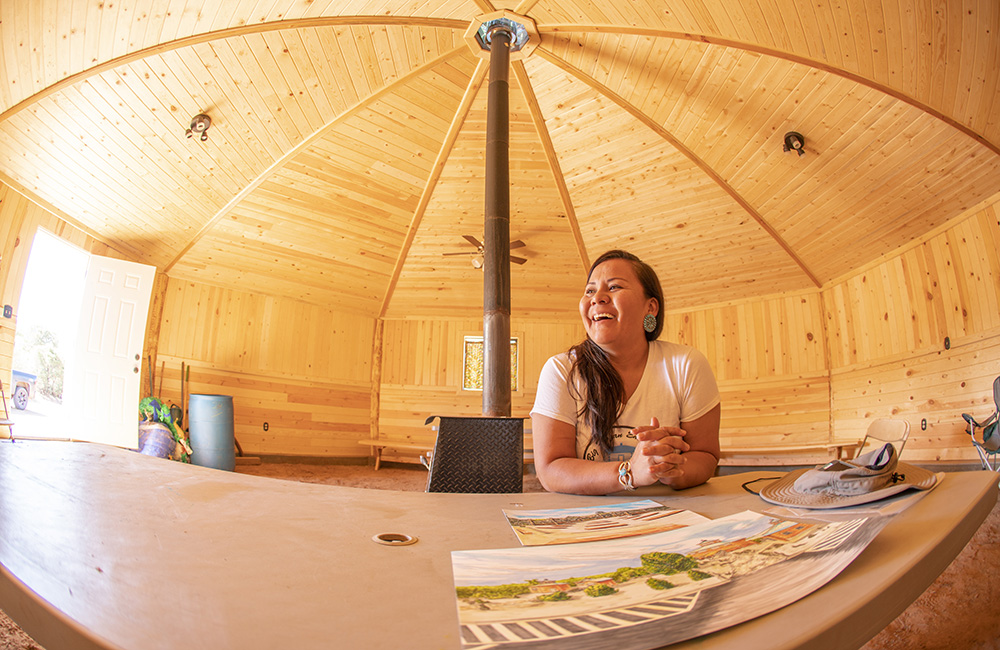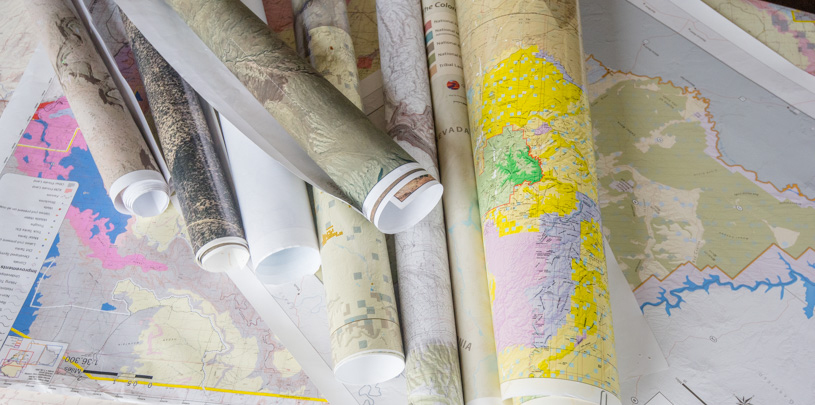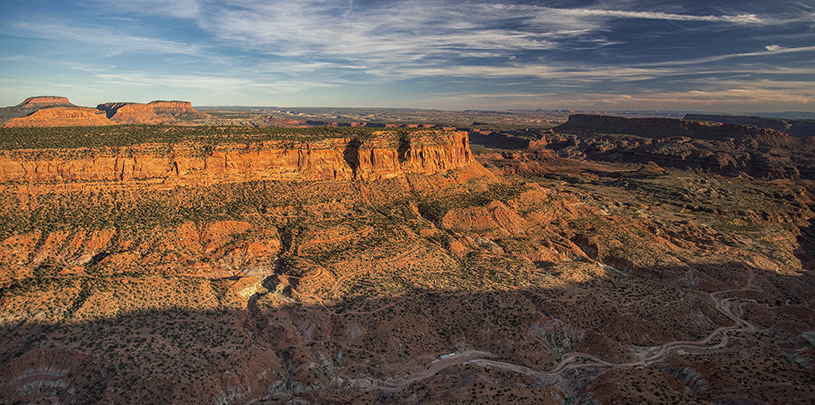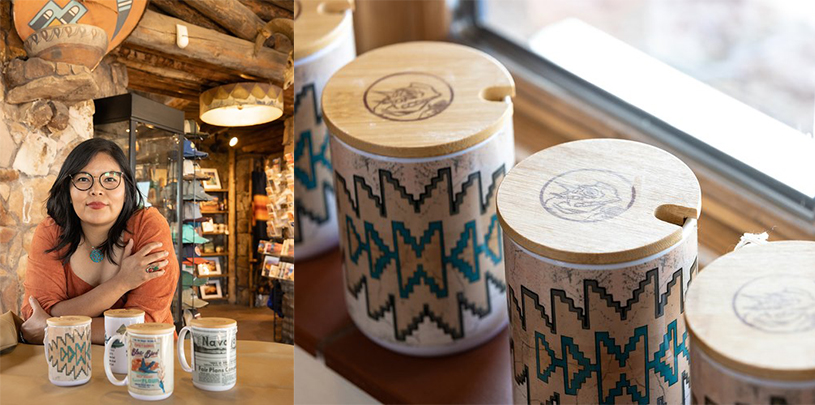
The day was warm and sunny in a small town on the western Navajo reservation, the air thick with excitement, worry, and concern. People from all over the Navajo Nation gathered together, protesting a contentious water settlement agreement. The crowd chanted, “No Deal! Water is Life!” and many other slogans, while holding signs they made the night before.
It was on this day — amongst the noisy crowd — that I met Jake Hoyungowa, a rising filmmaker and photographer. He and his partner Deidra Peaches were shooting the event with their video camera, documenting the grandmas, grandpas, moms, dads, kids, and students fighting to protect their precious water resources. At a time when social media was gaining influence, this was a turning point for grassroots organizing. Video was the new way to advocate and spread messages of environmental injustice, and Jake and Deidra were leading the charge.
A lifetime of advocacy
Jake was a young man who followed his passion — capturing the voices of those working to protect and preserve our culture, traditions, teachings, and the precious land we are taught to take care of. Why? Because that’s who Jake was. He believed in his upbringing from his Hopi and Navajo sides; he respected what he was taught, and he carried those teachings into his work.
Jake and Deidra joined the Trust’s Native American Business Incubator Network (now called Change Labs) in 2015. Their media company, Paper Rocket Productions, was among the first cohort of businesses to receive mentorship and training. Jessica Stago, the director of business incubation, said of Jake:
We were just starting our incubation program when Paper Rocket Productions was also just starting out. They came to us for help with the business, but I think we got the better deal. Jake’s sheer talent to capture our thoughts through his camera lens and narrate our story with purpose propelled our mission forward. We were blessed to have such a force in our community who was committed and passionate about telling the stories of Native people. Jake put his soul into his work, and it showed up in the beauty of his photos and the clarity of the messaging in his videos.
In his 29 years of life, Jake amassed an impressive portfolio of work. Our paths crossed often, and Jake became family to all of us at the Trust. We are lucky to have partnered with him on so many projects, sharing stories of the sacred confluence and the families fighting to protect it from development, of Native voices opposed to uranium mining near the Grand Canyon, and of local high schoolers designing and installing an environmental justice-themed mural. He joined us at Red Butte, a sacred place south of the Grand Canyon, to support and record Native voices on the danger Canyon uranium mine poses to the land and its people. And through his lens, he showed the risk to precious waters that beat through the heart of the Grand Canyon and nourish the Havasupai tribe.
But Jake wasn’t just the face behind the equipment. His young voice was essential in providing input and direction to issues surrounding the Grand Canyon.
As the Grand Canyon Centennial approached, Jake joined intertribal discussions about the past, present, and future of Grand Canyon National Park. He was excited to collaborate with the Trust on a multimedia project to capture stories of Native peoples’ cultural connections to the Grand Canyon and their vision for the canyon into the next century and beyond. For Jake, this was not just an assignment or a job. It was an opportunity to learn and listen to elders, community members, and others, and to hear tribal perspectives on connectedness.
Without Jake, we would not have been able to capture so many voices of people protecting the Grand Canyon. I’m grateful for the many talks and opportunities we had to share information, establish our clanship, and strengthen those shared clanships. In the end, we’re all family. And in my eyes, Jake was our brother, son, or uncle. We could not have asked for a better person than this young man.
Based on our traditional teachings, Jake is not gone. He continues to live through shared stories. And of course, he believed the canyon was home, which is where he returned.
Thank you, Jake. You will be missed.

